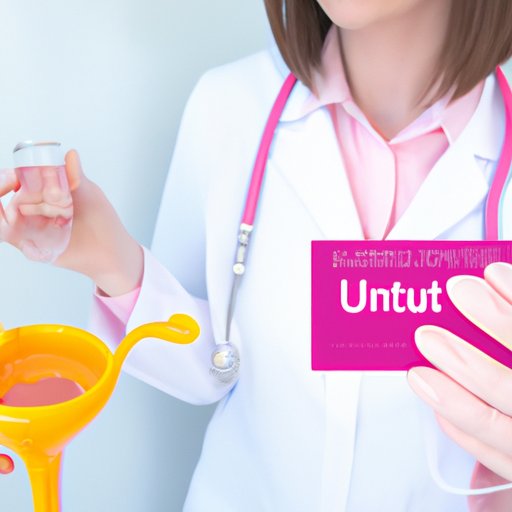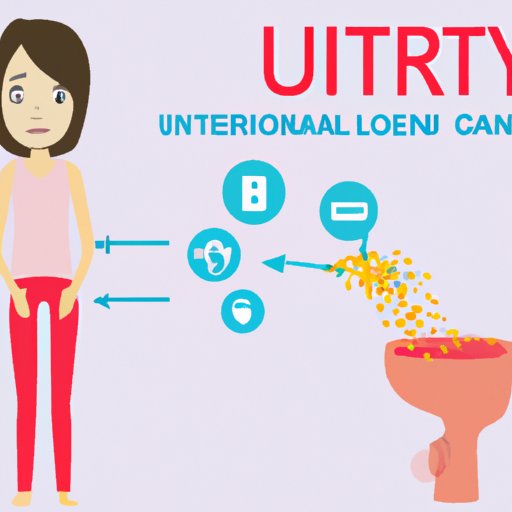Introduction
A urinary tract infection (UTI) is an infection of any part of the urinary system, including the bladder, kidneys, ureters, and urethra. UTIs are more common in women than men due to anatomical differences. It is estimated that up to 60% of women will experience at least one UTI in their lifetime.
Causes of Urinary Tract Infection in Women
UTIs are usually caused by bacteria entering the urinary tract. The most common type of bacteria is Escherichia coli (E. coli), but other types such as Staphylococcus saprophyticus and Klebsiella pneumoniae can also cause UTIs.
Certain factors increase the risk of developing a UTI, such as: sexual activity, use of diaphragms or spermicidal agents, pregnancy, menopause, urinary tract abnormalities, and weakened immune system.

Symptoms of UTI in Women
Common signs and symptoms of a UTI include: frequent urination, burning sensation when urinating, strong-smelling urine, cloudy or bloody urine, pain or pressure in the lower abdomen, and fatigue. If left untreated, a UTI can lead to serious complications such as kidney damage, sepsis, and high blood pressure.

Diagnosing and Treating UTIs in Women
If you suspect you have a UTI, it is important to see your doctor right away. Your doctor will likely perform a physical exam and order diagnostic tests such as a urinalysis or urine culture to confirm the diagnosis. Treatment typically involves antibiotics, which should be taken as prescribed.

Preventing Urinary Tract Infection in Women
Good hygiene habits can help prevent UTIs. These include wiping from front to back after using the bathroom, avoiding perfumed soaps and bubble baths, drinking plenty of fluids, and emptying the bladder completely when urinating. Additionally, lifestyle changes such as wearing cotton underwear and avoiding tight-fitting clothes can reduce your risk of developing a UTI.

Diet and Lifestyle Changes to Reduce UTI Risk
Certain dietary modifications can also help reduce the risk of UTIs. Foods to avoid include alcohol, coffee, tea, spicy foods, citrus fruits, and artificial sweeteners. Foods to include in a UTI prevention diet include cranberries, blueberries, yogurt, probiotics, garlic, and water. It is also important to practice safe sex and drink enough fluids to stay hydrated.
Natural Remedies for UTI in Women
In addition to antibiotics, there are several natural remedies for treating UTIs. Herbal remedies such as goldenseal, echinacea, and marshmallow root may help reduce inflammation and fight off infection. Home remedies such as baking soda, apple cider vinegar, and cranberry juice may also help with UTI symptoms.
When to See a Doctor for Urinary Tract Infection in Women
If you experience any of the symptoms of a UTI, it is important to see your doctor as soon as possible. Your doctor will likely take a urine sample to test for the presence of bacteria, and prescribe antibiotics if necessary. It is also important to finish the entire course of antibiotics even if your symptoms improve.
Conclusion
Urinary tract infections (UTIs) are a common issue for women. Understanding the causes, symptoms, treatments, and preventive measures can help you recognize and manage UTIs. If you experience any symptoms of a UTI, it is important to seek medical care right away.
(Note: Is this article not meeting your expectations? Do you have knowledge or insights to share? Unlock new opportunities and expand your reach by joining our authors team. Click Registration to join us and share your expertise with our readers.)
